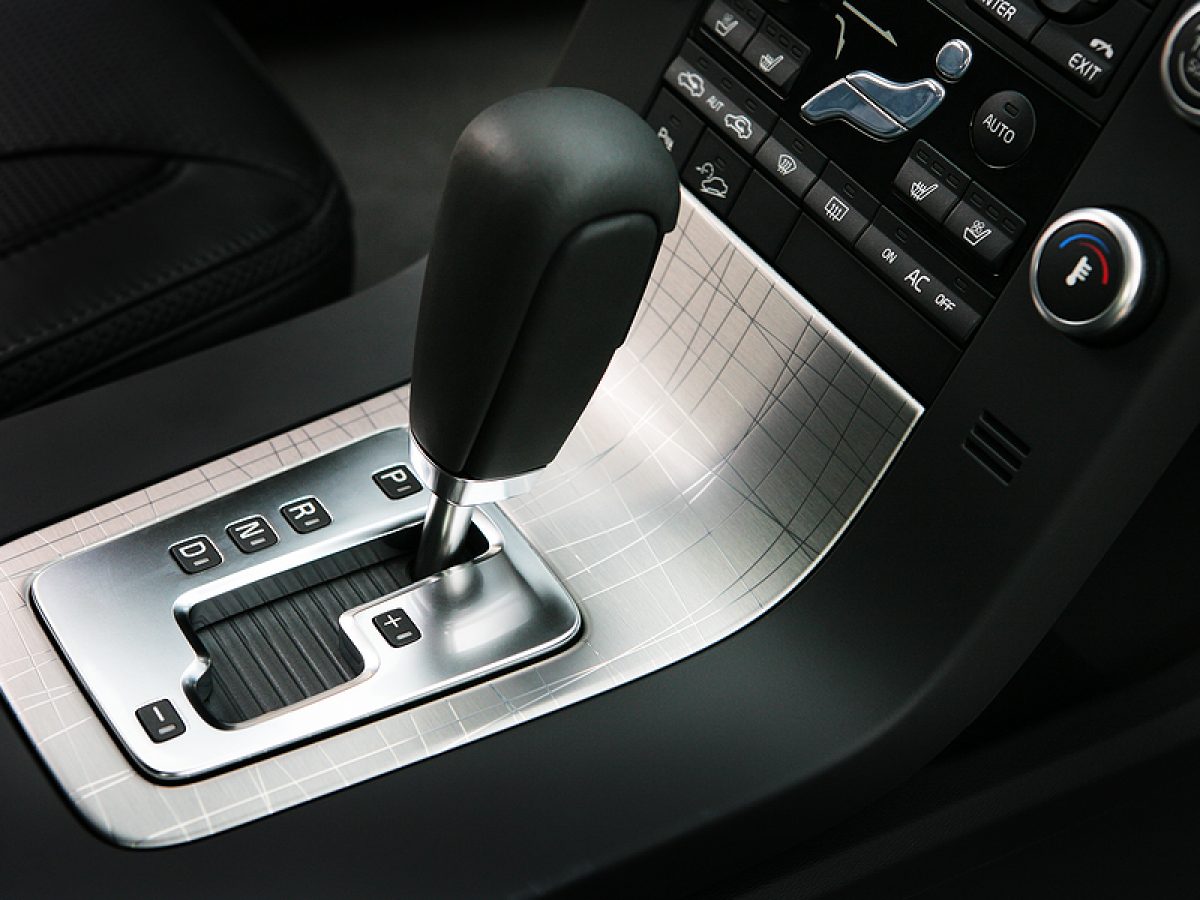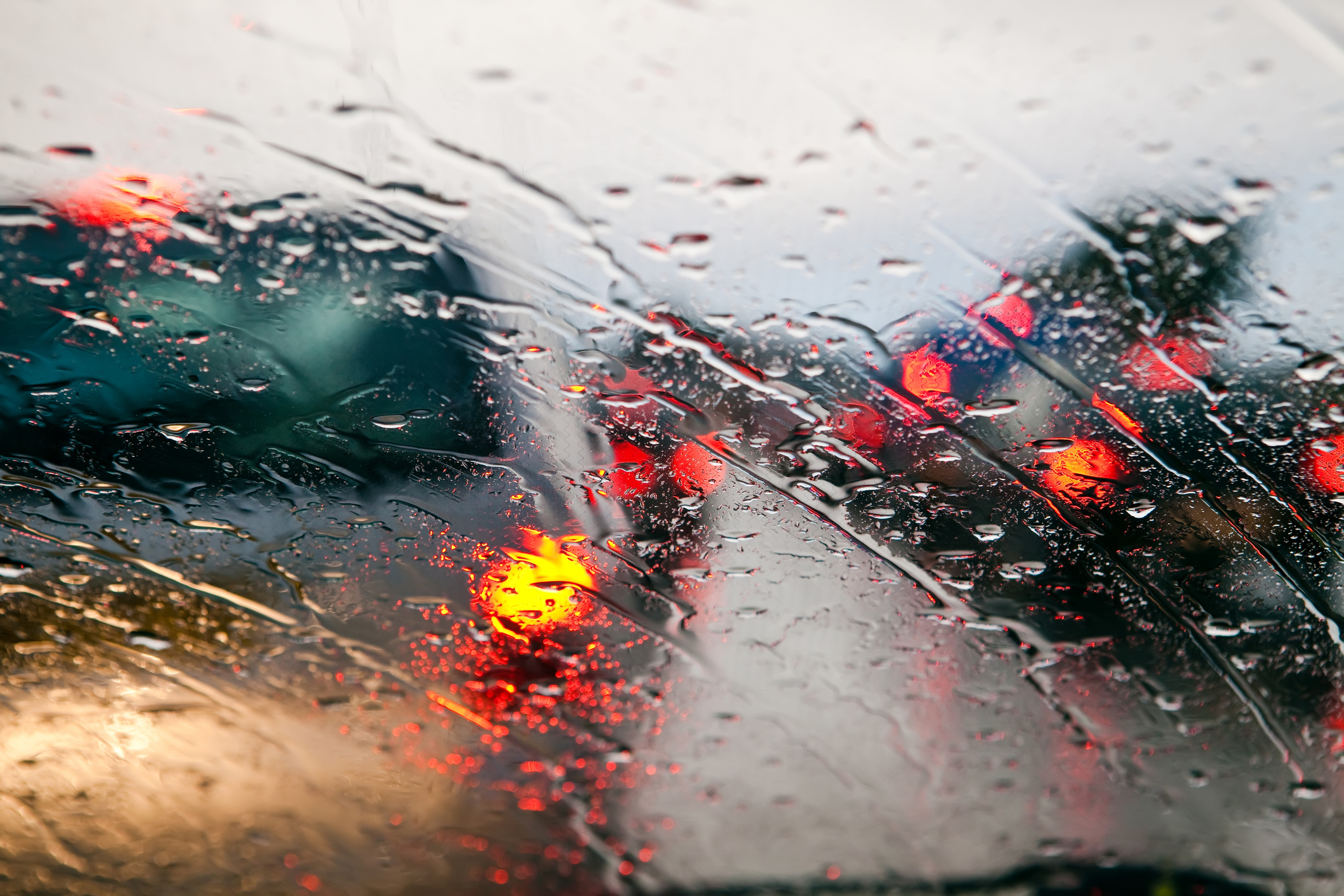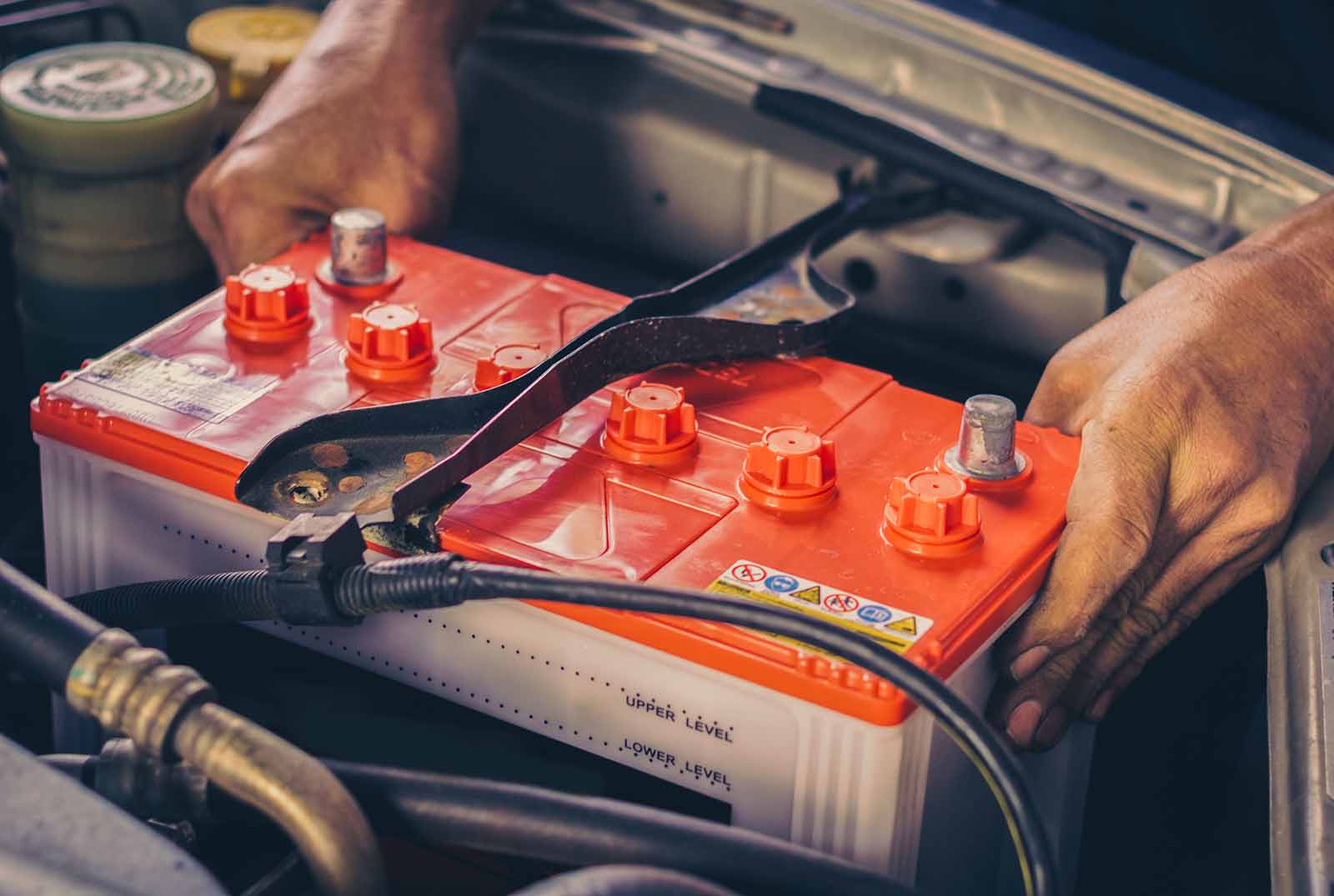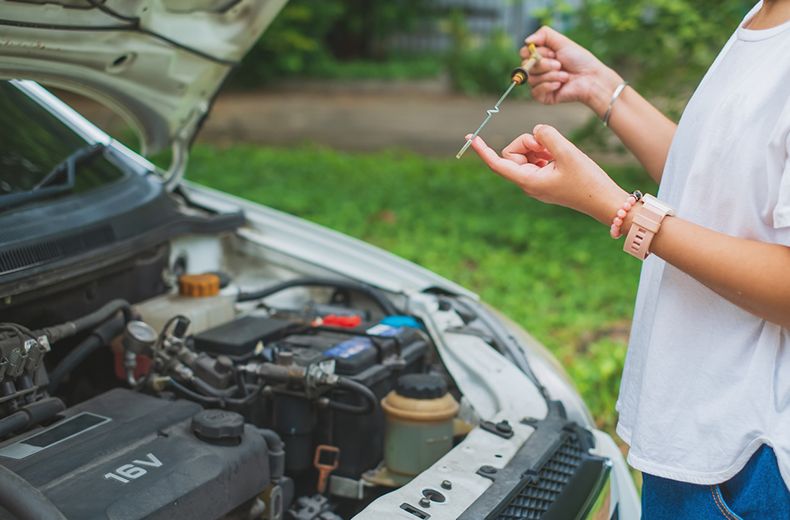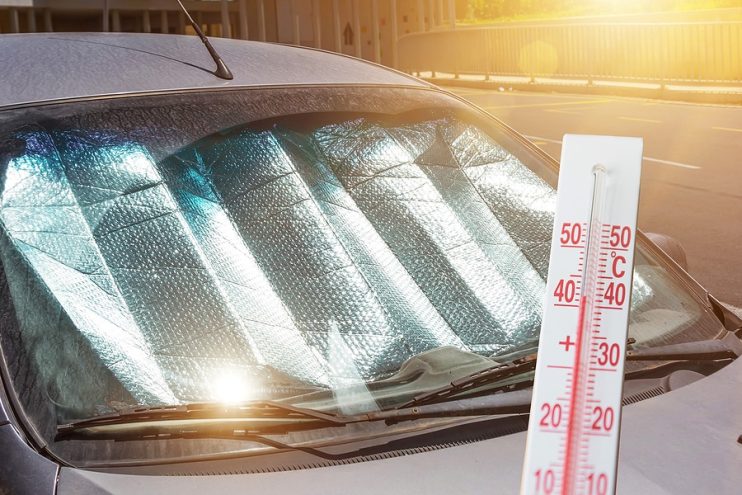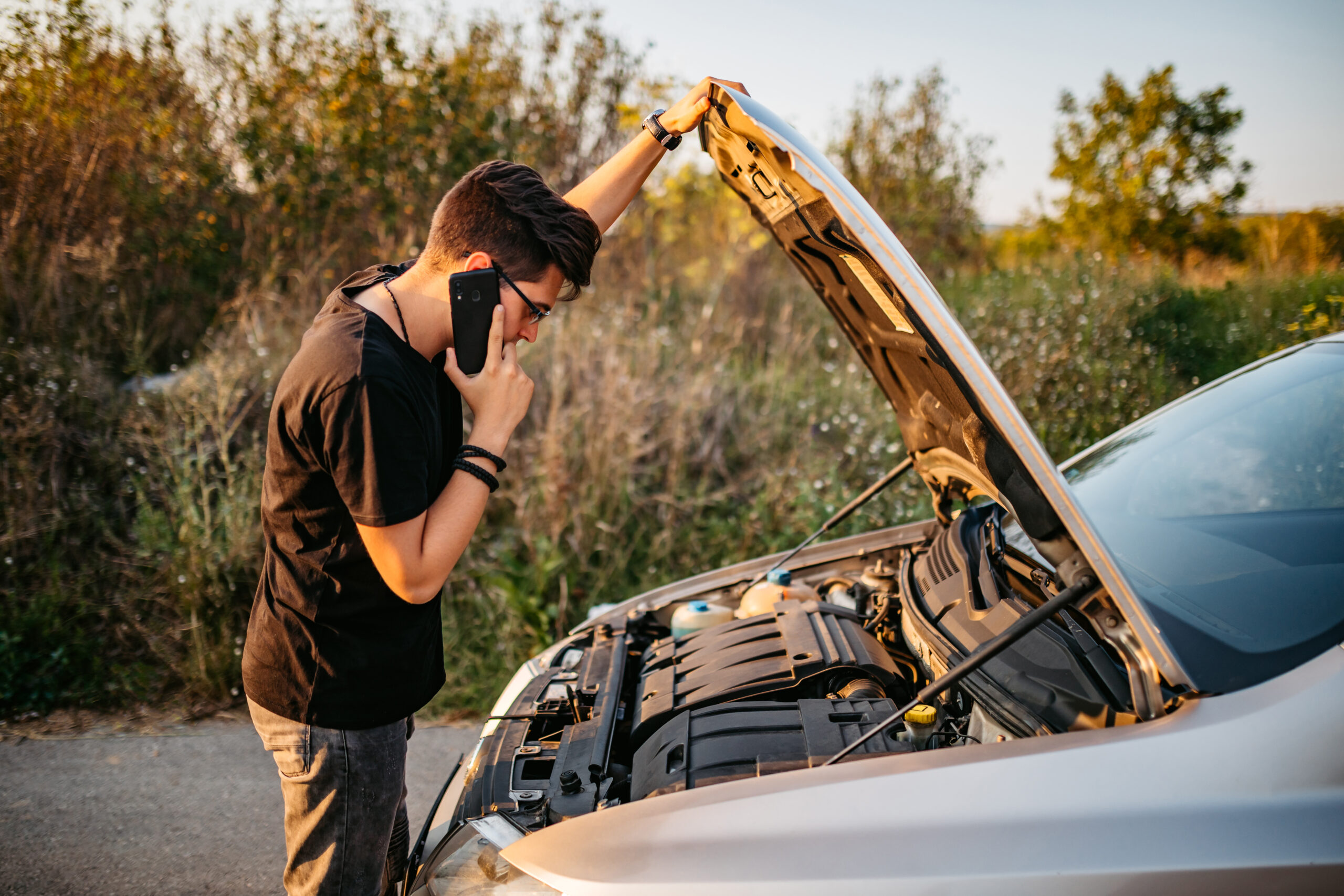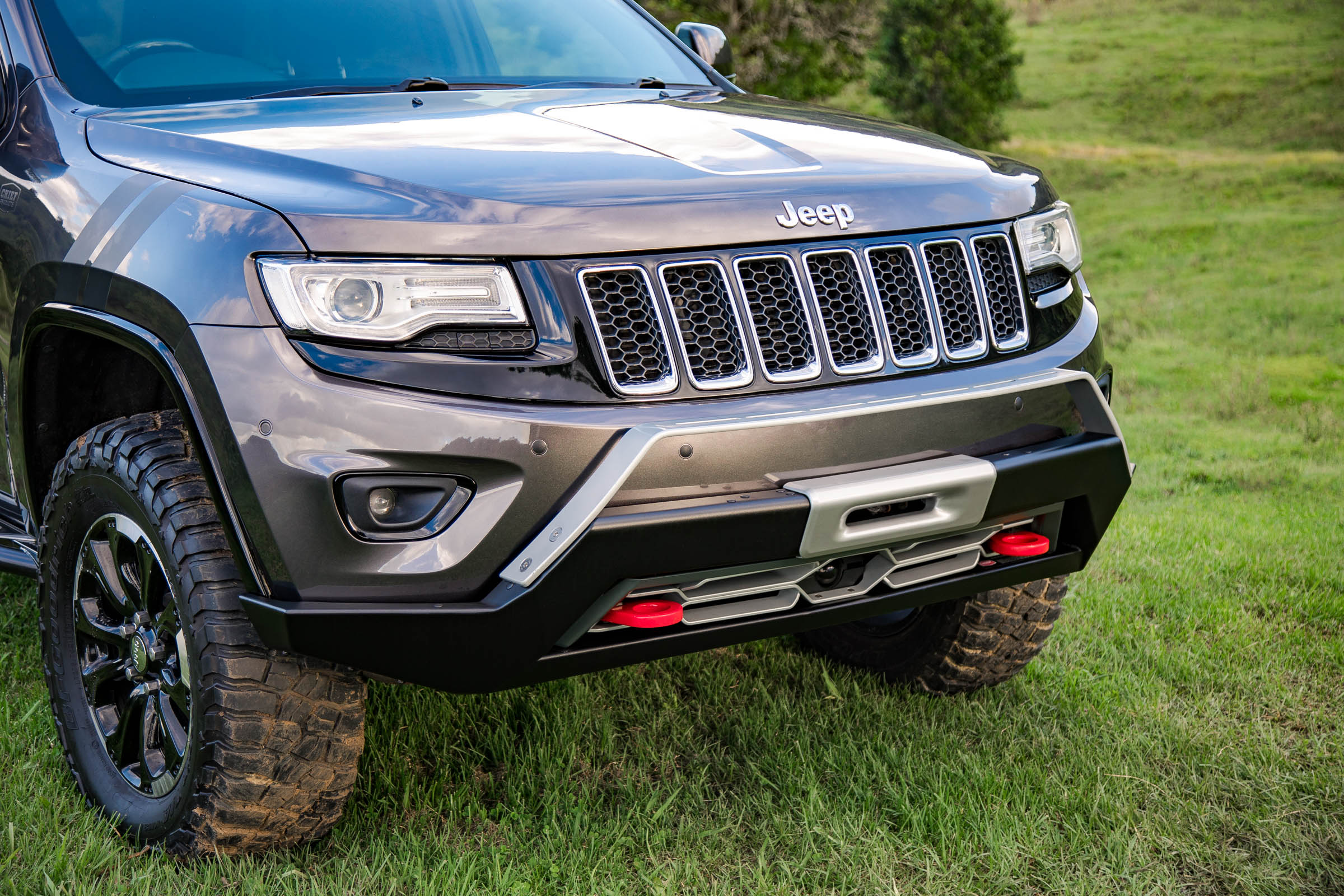Automatic transmission issues can take place in numerous forms. Each symptom can have a number of probable causes, some involving extensive repairs and some only needing an alteration or minimal service. Here are some simple precautions you can take to keep your transmission in tip-top shape.
1. Schedule Routine Maintenance.
This is vital to the long-term performance of your vehicle. Change your transmission fluid every 15,000 miles or once a year.
2. Keep Up With Transmission Flushes.
Changing your fluids is essential! Low fluids mean future difficulties. Be sure to address low transmission fluid as quickly as possible and avoid driving your vehicle when fluid is below the recommended level. A simple seal replacement could fix the issue and save you money on repairs in the future.
3. Stop Completely Before Shifting From Reverse To Drive.
When backing out of a parking spot, or anytime you’re in reverse, be sure to stop completely before shifting into drive. We all become fearful when we hear that frightful “engine drop.” Attempting to come to a complete stop between gears will prevent that unwarranted strain.
4. Don’t Ride The Brake.
When driving with your foot on the brake pedal, your transmission has to work harder. Also, utilize your emergency brake when parking on an incline to reduce stress on the parking linkage.
5. Keep Your Engine Accurately Tuned.
An issue with engine functionality can, at times, show symptoms comparable to a transmission problem as well as strain the transmission itself. A well running engine works hand in hand with a well running transmission.
Investing in the maintenance of your automatic transmission as well as receiving thorough inspections from your professional technician will only benefit you and the life span of your vehicle. When in doubt, always ask technical advice to ensure your transmission is serviced and repaired both correctly and economically.

